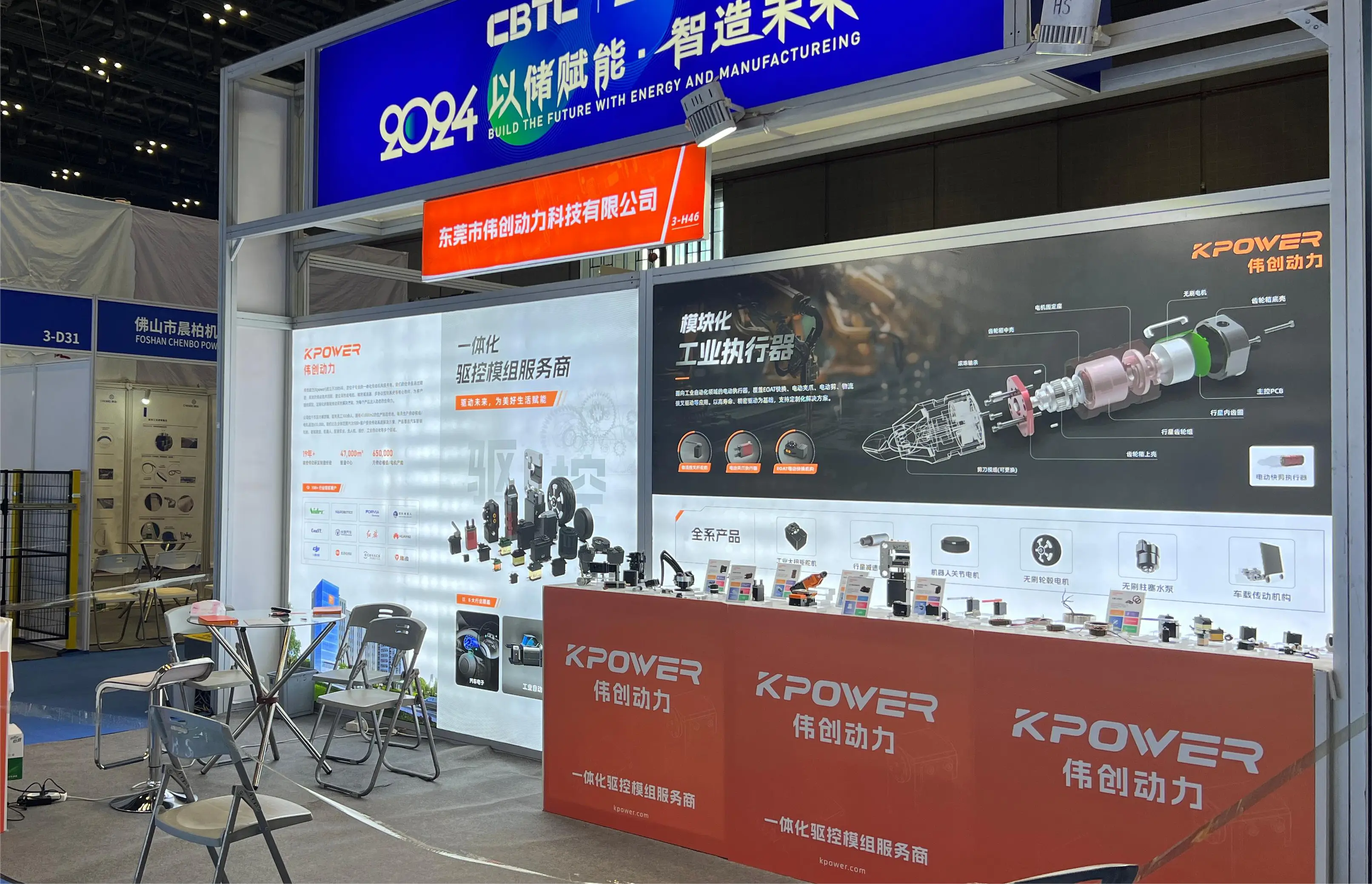In the rapidly evolving landscape of modern technology, the quest for precision, efficiency, and reliability relentlessly drives innovation. Among the myriad of advancements, the adoption of Brushless DC (BLDC) motors in servo applications stands out as a luminous example of engineering ingenuity. These sophisticated motors are redefining the boundaries of what’s possible, enabling machines and systems to perform with unparalleled accuracy and longevity.

At the heart of many automation systems, from industrial robots to aerospace controls, BLDC motors are prized for their exhilarating blend of high performance, low maintenance, and energy efficiency. Unlike traditional brushed motors, which rely on brushes and commutators to switch current and generate motion, brushless designs eliminate these components altogether. This seemingly simple switch in technology unlocks an entire spectrum of benefits that have made BLDC motors the preferred choice in servo applications worldwide.
Understanding the Basics of Brushless DC Motors To grasp their significance, perhaps it's worth understanding what sets BLDC motors apart. These motors operate on a direct current power supply but do so with electronically controlled commutation, typically managed through sophisticated controllers and feedback sensors such as Hall Effect sensors or rotary encoders. This electronic control enables precise regulation of motor speed, torque, and position — features vital to servo systems.
In a typical BLDC motor, permanent magnets are embedded within the rotor, while the stator consists of wire windings that are energized in a specific sequence. When current flows through these windings, they generate magnetic fields that interact with the rotor magnets, producing rotational motion. The electronic controller continuously adjusts the current supplied to each phase of the stator, ensuring smooth and accurate rotation.
This precise control is essential for servo applications, where exact position or velocity is paramount. It allows systems to respond dynamically to commands, adjust on-the-fly, and maintain stability even under varying loads.
Why BLDC Motors Remain a Game Changer in Servo Applications The switch to brushless technology in servo systems offers multiple advantages that have spurred widespread adoption:
High Efficiency and Lower Energy Consumption BLDC motors are inherently more efficient than brushed counterparts. Because they eliminate brush friction and unnecessary electrical losses, they convert more electrical energy into mechanical work. This efficiency translates into lower power consumption, longer battery life in mobile applications, and reduced operational costs.
Low Maintenance and Longer Lifespan Brushless designs have no brushes to wear out, which means less tune-up and replacement, especially in demanding environments. This durability makes them highly suitable for applications where downtime is costly — think manufacturing lines, aerospace controls, or remote robotics.
Superior Speed and Torque Characteristics Thanks to their design and control flexibility, BLDC motors can operate at higher speeds and deliver consistent torque across a broad range. This versatility is instrumental in applications requiring rapid, precise movements — like robotic arms handling delicate tasks or high-speed CNC machines.
Enhanced Thermal Management Without brushes, heat generation is minimized in the motor's commutator section. Additionally, the design allows for better heat dissipation, helping maintain optimal operating temperatures and prolonging motor life.
Quiet Operation Electric noise is a frequent concern in industrial environments. BLDC motors are notably quieter due to their smooth electronic commutation, contributing to safer, more comfortable working conditions.
The Core Components of a BLDC Servo System Implementing a servo application with a BLDC motor involves more than just selecting the right motor. It requires an integrated system that includes:
Motor: The heart of the system, offering the necessary power, speed, and torque characteristics. Controller: A sophisticated electronic unit managing the commutation, based on feedback signals, to regulate the motor's movement precisely. Feedback Devices: Encoders or Hall sensors that provide real-time positional or velocity data, ensuring the controller can make rapid adjustments. Power Supply: Providing stable and sufficient energy to sustain the desired operation.
The seamless integration of these components fosters a control loop that can respond instantaneously to dynamic inputs, maintaining exact positioning and timing. This responsiveness is what makes BLDC motor servo systems ideal for applications demanding a high degree of precision.
Industries Embracing BLDC Servo Technology The versatility of BLDC motors finds applications across a broad spectrum of industries. For instance:
Robotics: Enabling robots to perform delicate pick-and-place tasks, coordinate complex movements, and interact with humans safely due to their smooth, quiet operation. Aerospace: Powering actuators and control surfaces where high reliability and minimal maintenance are critical. Medical Equipment: Driving precision surgical tools, imaging devices, and diagnostic machinery. Automotive: Managing electric power steering, ABS systems, and adaptive cruise control. Manufacturing: Operating CNC machines, conveyor belts, and pick-and-place automation with exceptional accuracy.
As these sectors grow more sophisticated, the demand for exceptionally reliable, efficient, and controllable motion systems only increases. In this context, BLDC motors—especially in their servo configurations—stand out as the key enabler.
Future Perspectives and Trends Looking ahead, the evolution of BLDC motors in servo applications is closely tied to advancements in materials science, control algorithms, and power electronics. Developments like digital twin simulations refine motor design, while AI-driven controllers optimize performance in real time. Furthermore, the integration of Internet of Things (IoT) connectivity facilitates remote monitoring and predictive maintenance.
Energy efficiency and sustainability drive the push for more intelligent and eco-friendly servo systems. As industry 4.0 takes center stage, BLDC motor-based servo systems will increasingly feature adaptive learning capabilities, self-diagnosis, and autonomous calibration, enhancing their role as cornerstone components of smart factories.
I'll provide the second part with further exploration into specific applications, case studies, technical innovations, and future outlooks in the next message.
Kpower has delivered professional drive system solutions to over 500 enterprise clients globally with products covering various fields such as Smart Home Systems, Automatic Electronics, Robotics, Precision Agriculture, Drones, and Industrial Automation.




































